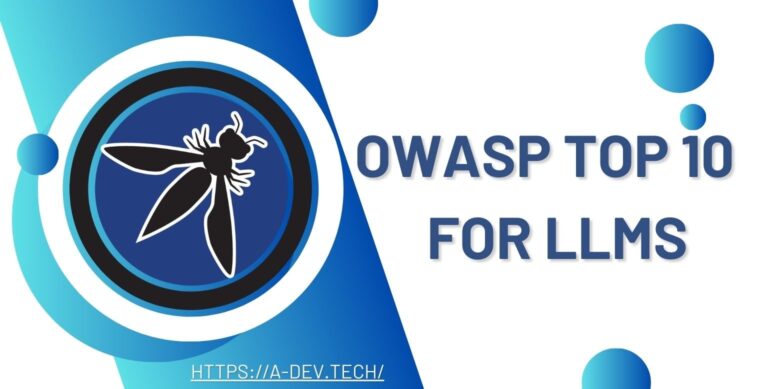This article discusses the ever-evolving world of cybersecurity and explores the ever-present threat landscape. Have you ever clicked on a suspicious link in an email, only to realize it was a phishing attempt? These close calls are a reminder of the constant battle we face in today’s digital world – protecting ourselves and our information from cyber threats. But what exactly are these threats? Many people confuse “risk” and “threat” in cybersecurity, leading to a reactive approach.

Source: Freepik
Understanding the Cybersecurity Landscape
What is Cybersecurity?
Cybersecurity refers to the practices and technologies used to protect information assets from unauthorized access, use, disclosure, disruption, modification, or destruction. These information assets can be anything from personal data and financial records to intellectual property and critical infrastructure. In today’s digital age, where information is a valuable commodity, cybersecurity is no longer an option – it’s a necessity.
The Threat Landscape: Evolving Challenges from Threat Actors
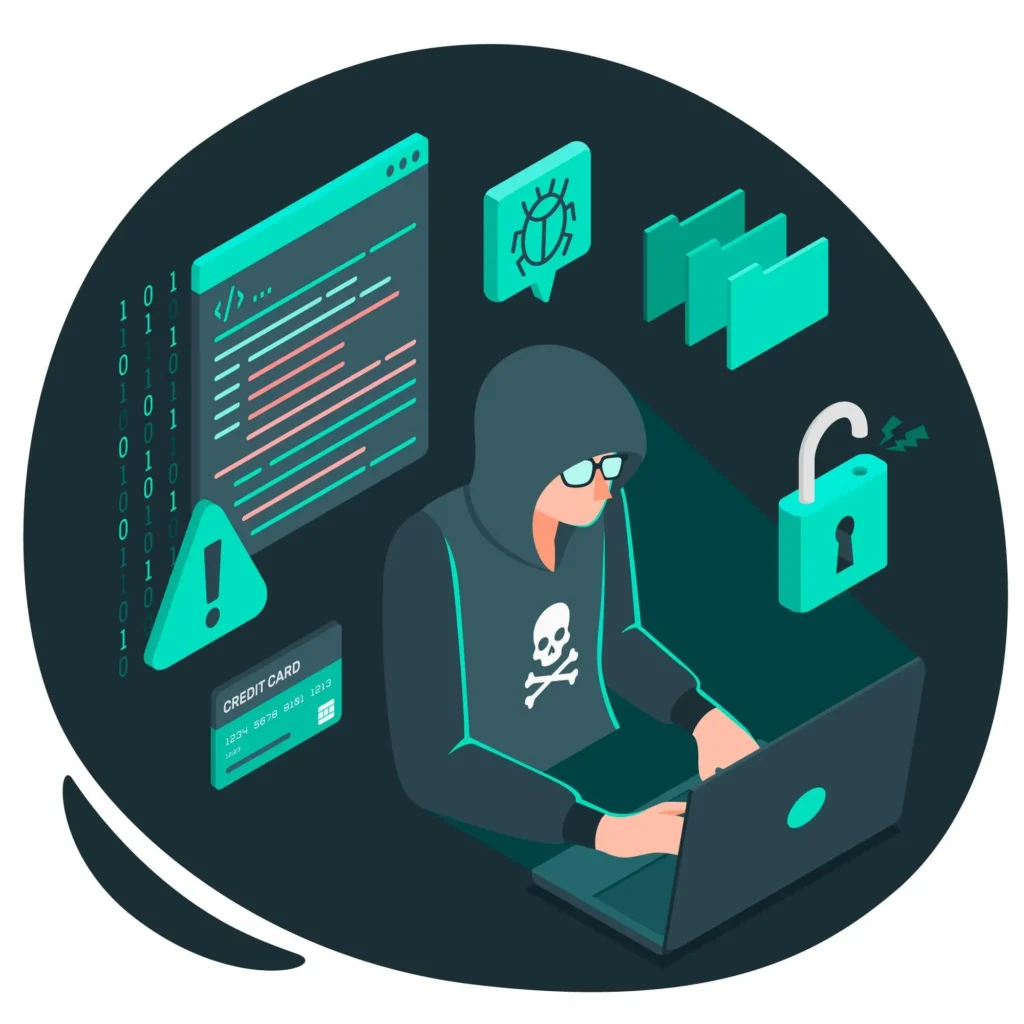
Source: Freepik
Think of digital security as a constant battle against a cunning opponent. The ever-evolving threat landscape encompasses a vast array of potential dangers, spearheaded by threat agents. These actors can be individuals, groups, or even nation-states with malicious intent to exploit vulnerabilities and inflict harm on your systems and data.
Here’s a glimpse into the diverse cast of characters in this digital battlefield:
- Hackers: Skilled individuals who exploit vulnerabilities for personal gain or notoriety.
- Cybercriminal Groups: Organized groups with sophisticated techniques to launch large-scale attacks for financial gain.
- State-Sponsored Actors: Governments or their agents who target critical infrastructure or steal sensitive information.
Demystifying Cyber Risk: Understanding Threats vs. Vulnerabilities
Cybersecurity is all about managing cyber risk, the potential for harm caused by a cyber threat. But what exactly are these threats, and how do they differ from risks?
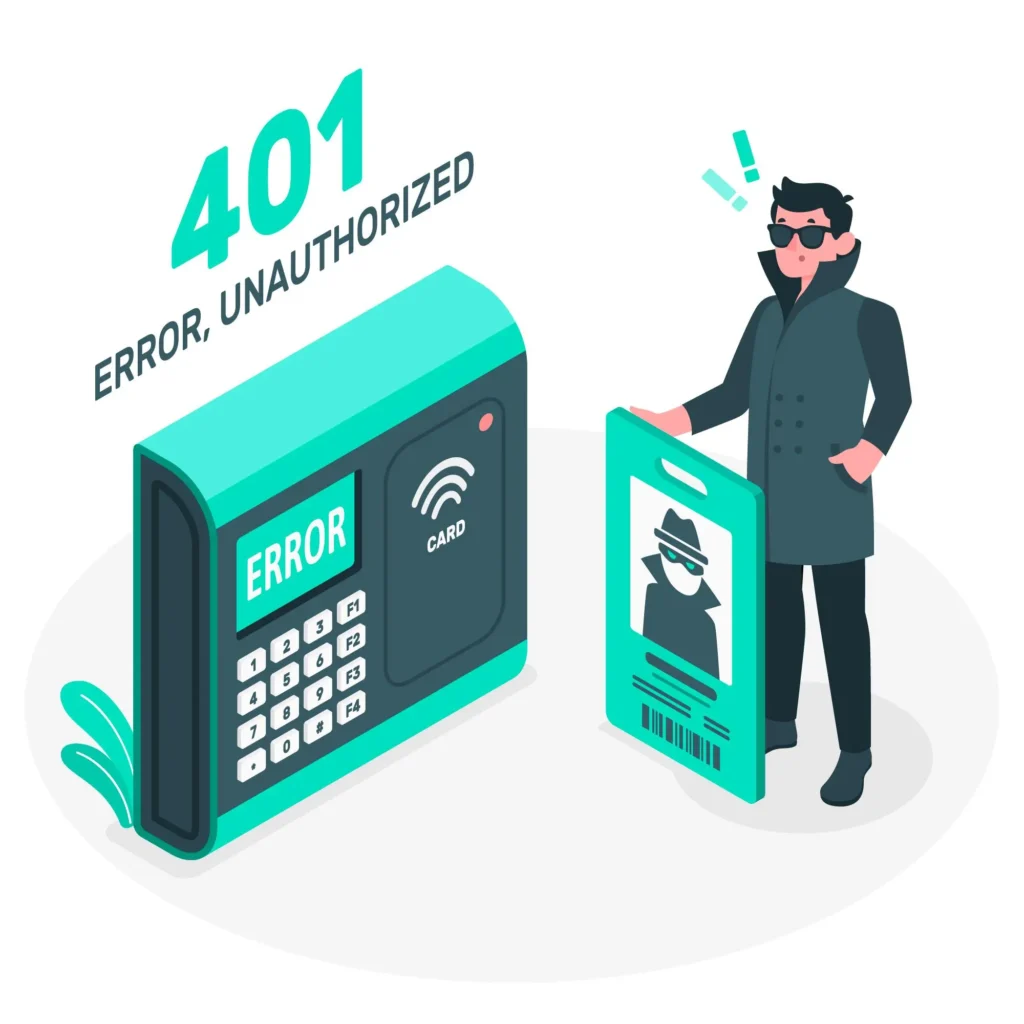
Source: Freepik
What is a Threat?
A threat is a potential danger that can exploit vulnerabilities in your systems or processes. These threats can be intentional or unintentional.
Intentional Threats: These are malicious actors actively seeking to exploit weaknesses. Examples include:
- Cyber criminals: Motivated by financial gain, they may deploy ransomware to lock your data or launch phishing attacks to steal login credentials.
- Malware: Malicious software like viruses or worms can spread through your network, disrupting operations or stealing sensitive information.
- Social Engineering: Deceptive tactics used to trick users into revealing confidential information or clicking on malicious links.
Unintentional Threats: These are accidental occurrences that can disrupt your systems or data. Examples include:
- Natural Disasters: Power outages or floods can damage equipment and disrupt operations.
- Human Error: Accidental deletion of data or clicking on a phishing email can have unintended consequences.
What is Risk?

Source: Freepik
Risk goes beyond the mere existence of a threat. It considers the likelihood of a threat occurring and the potential impact it could have on your organization’s assets. These assets can be tangible (e.g., data servers) or intangible (e.g., reputation).
The Vulnerability Connection
Imagine your house. An unlocked door (vulnerability) is a potential threat (burglary). However, the risk depends on factors like the neighborhood’s crime rate (likelihood) and the value of your possessions (impact).
Similarly, a security vulnerability in your network (unlocked door) could be exploited by a cybercriminal (threat actor) launching a phishing attack (specific threat). The risk depends on the effectiveness of your security awareness training (mitigation strategy) and the sensitivity of the sensitive data stored on your network (impact).
By understanding the relationship between threats, vulnerabilities, and risks, you can prioritize your security efforts and effectively manage cyber risks.
Why Does Risk Assessment Matter?

Source: Freepik
In the digital security war, risk analyses are your intel. They identify and prioritize possible threats by systematically examining your systems, processes, and sensitive data for vulnerabilities. Security teams can then focus on the most likely and impactful threats, like a poorly secured customer database vulnerable to attack.
This approach extends beyond cyber threats. Risk assessment encompass es a broader range of potential dangers, like financial losses or reputational damage, by evaluating the likelihood and impact of each risk. This clear picture of your organization’s overall security posture is crucial for effective risk management.
Lorem ipsum dolor sit amet, consectetur adipiscing elit. Ut elit tellus, luctus nec ullamcorper mattis, pulvinar dapibus leo.
Types of Risks
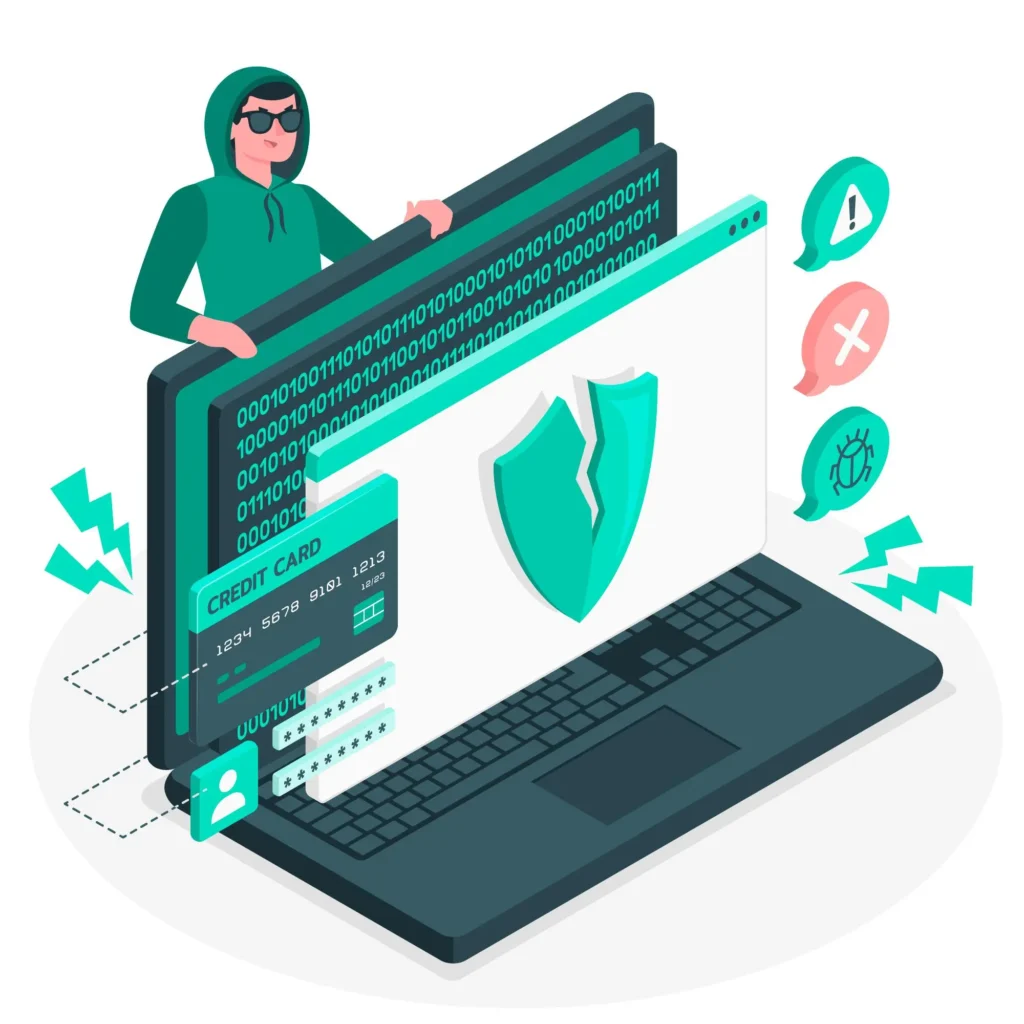
Source: Freepik
- Cyber Risk: The potential for financial loss, data breaches, or operational disruption due to cyber threats.
- Network Security Risk: This specific type of cyber risks focuses on vulnerabilities in your network infrastructure and devices. This could include weaknesses in firewalls, unpatched systems, or unsecured wireless access points. Network security risks can lead to data breaches, malware infections, and denial-of-service attacks.
- Financial Risk: The possibility of losses due to economic factors or fraud.
- Reputational Risk: The potential damage to your organization’s brand image due to a security incident.
Each type of risk is assessed differently, but they all share the core principle of evaluating the likelihood and impact of a negative event.
Making Informed Decisions
Risk analyses are the foundation for effective risk management. By understanding the potential threats and their associated risks, security teams can make informed decisions about how to allocate resources and implement safeguards. This allows them to focus on the most critical risks and develop targeted mitigation strategies to minimize their impact. Without a clear understanding of cyber risks, organizations are left flying blind, making them vulnerable to costly attacks and disruptions.
Taking Control: Risk Management Strategies

Source: Freepik
Proactive Cybersecurity:
Risk management is a proactive approach to cybersecurity that leverages the insights from security assessments. These assessments analyze your vulnerabilities and potential threats, helping you understand the likelihood and impact of data breaches or other security incidents. By proactively identifying and addressing these risks, you can take steps to mitigate their impact. A key component of this proactive approach is proactive vulnerability management. This involves continuously identifying, assessing, and addressing potential vulnerabilities in your systems and processes before they can be exploited by attackers.
Risk Management Strategies:
Risk Mitigation: This strategy aims to reduce the likelihood or impact of a threat. Examples include:
- Proactive vulnerability management: Regularly scanning systems and applications for vulnerabilities and patching them promptly.
- Installing firewalls, conducting regular security awareness training for employees, and performing penetration testing. These strategies help identify and fix vulnerabilities before attackers exploit them.
- Risk Transfer: For certain threats, transferring the risks may be an option. Cybersecurity insurance can help offset some of the financial losses incurred from a cyberattack.
- Risk Acceptance: Not all threats require immediate action. Low-impact threats may be accepted with the understanding that the cost of mitigation outweighs the potential damage.
Considering Threat Actor
The ever-evolving tactics of threat actors must be considered when developing your threat mitigation strategy. By understanding their motivations and methods, you can prioritize your defenses and stay ahead of potential attacks.
Conclusion: Own Your Cybersecurity Journey
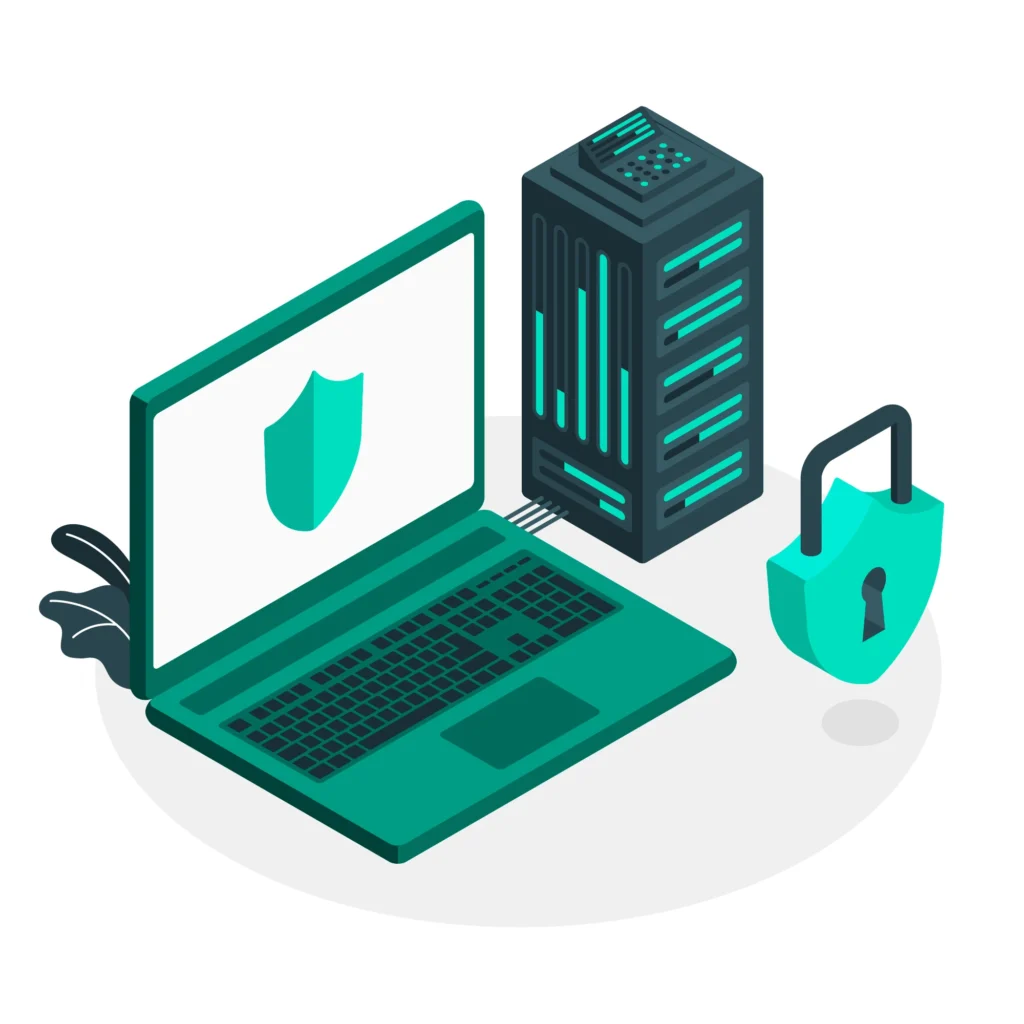
This journey through threats vs risks has hopefully made it clear: understanding the difference is essential for proactive cybersecurity. By leveraging risk analyses, you can identify and prioritize threats, allowing you to focus your defenses on the most critical areas.
The cybersecurity landscape is constantly evolving, so risk analyses and risk management practices must be ongoing. Regularly review your assessments and adapt your strategies to stay ahead of new threats.
Don’t stop here! The world of cybersecurity is vast. Learn more about specific threats and the diverse mitigation strategies available. By taking control of your cybersecurity posture, you can protect your valuable information assets and empower a secure digital future.





